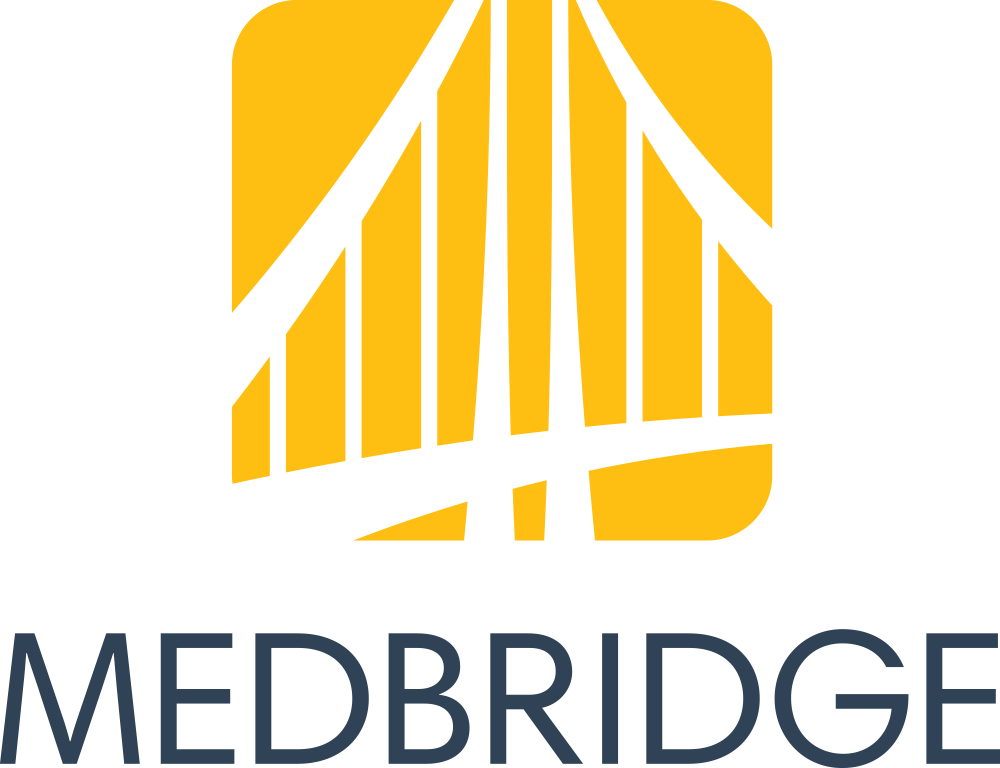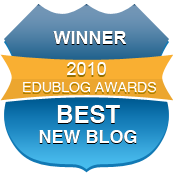I am excited to be presenting in Orlando next week, as well as having the opportunity to see great friends and get lots of ideas from attending sessions!
This year I am presenting another sequel to my Pairing Picture Books with Apps series. This is one of my favorite topics and I have at this point presented about 30 contextual pairings of books and apps. This year's session focuses on several categories of post-book language activities and examples within them.
Post-Book Art Activities- Reading picture books interactively with students can provide a context for drawing or creation within similar contexts, and models within books can influence the content and language use of students while creating a visual response (Bartelo, 1984). Apps provide an avenue to target language while creating visual artworks simply and quickly and omitting some of the time-consuming aspects of drawing or crafting.
Post-Book Discussion Webs- Visual diagrams can be used to map elements of a text or topic to develop categorization and association skills; webs can also be employed to have students respond to higher-level evaluative questions (Alverman, 1991). Apps use a touch-screen interface to create visual webs, and also can provide a context for topically related webbing and discussion.
Post-Book Dramatic Play- Acting out elements of or related to a story can be used to target sequencing skills, sentence formulation and overall story comprehension, and enhances children’s ability to explain ideas (Putnam, 1991). Apps can provide visuals that scaffold language and sequencing during the process of play.
Post-Book Story Grammar Cueing- Teaching students story elements such as character, setting, initiating event and conclusion has been shown to improve narrative comprehension and formulation (Davies, Shanks & Davies, 2004), and a number of apps can assist with visualizing and practicing this process.
Each of these categories provide a framework for choosing apps and books that go together contextually. I hope many of you can make it, but if you can't, check out a quick example of a post-book art activity in my post over at Daily Genius, spreading the word about a similar session I am presenting at EdTechTeacher's iPad Summit Boston.
The details of the session are as follows:
Session Code: 1718
Title: Pairing EVEN MORE Picture Books & Apps to Contextually Address Language Objectives
Day: Saturday, November 22, 2014
Time: 1:00 PM - 2:00 PM
Location: Orange County Convention Center Room: W414CD
Session Format: Seminar 1-hour
Abstract:
Support for using picture books in intervention is long-standing and relevant to the development of language skills. Books pair with apps with similar contexts to serve as visual, interactive post-reading activities. Revisiting a popular topic from ASHA 2012-2013, this presentation describes overlaps between books and apps and suggestions for interventions.
Speech-Language Pathology Topic Area: Language and Learning in School Age Children and Adolescents
Instructional Level:
Introductory (Assumes little or no familiarity with the literature and professional practice within the areas covered)
Learner Outcome 1: Describe resources helpful in book and app selection for language intervention
Learner Outcome 2: Identify key categories of post-book language activities that align with app use
Learner Outcome 3: Discuss the contextual overlap of presented books and apps and their potential use in language intervention
Alverman, D. (1991). The discussion web: A graphic aid for learning across the curriculum. The Reading Teacher, 45, 92-99.
Bartelo, D. M. (1984).Getting the picture of reading and writing: A look at the drawings, composing, and oral language of limited English proficiency children. Plymouth, NH: Ply- mouth State College. (ERIC Document Reproduction Service No. ED 245 533)
Davies, P., Shanks, B., & Davies, K. (2004). Improving narrative skills in young children with delayed language development. Educational Review, 56, 271-286.
Putnam, L. (1991). Dramatizing nonfiction with emerging readers. Language Arts, 68, 463-469.
Monday, November 17, 2014
ASHA 2014 Orlando Session
Subscribe to:
Post Comments (Atom)






Hi! Great presentation! If you ever figure out where to post the handout (ASHA limits size to 3 or 4 pages, let me know. I took pictures of some of your slides, but the actual presentation would be great. Thank you for all you do.
ReplyDelete